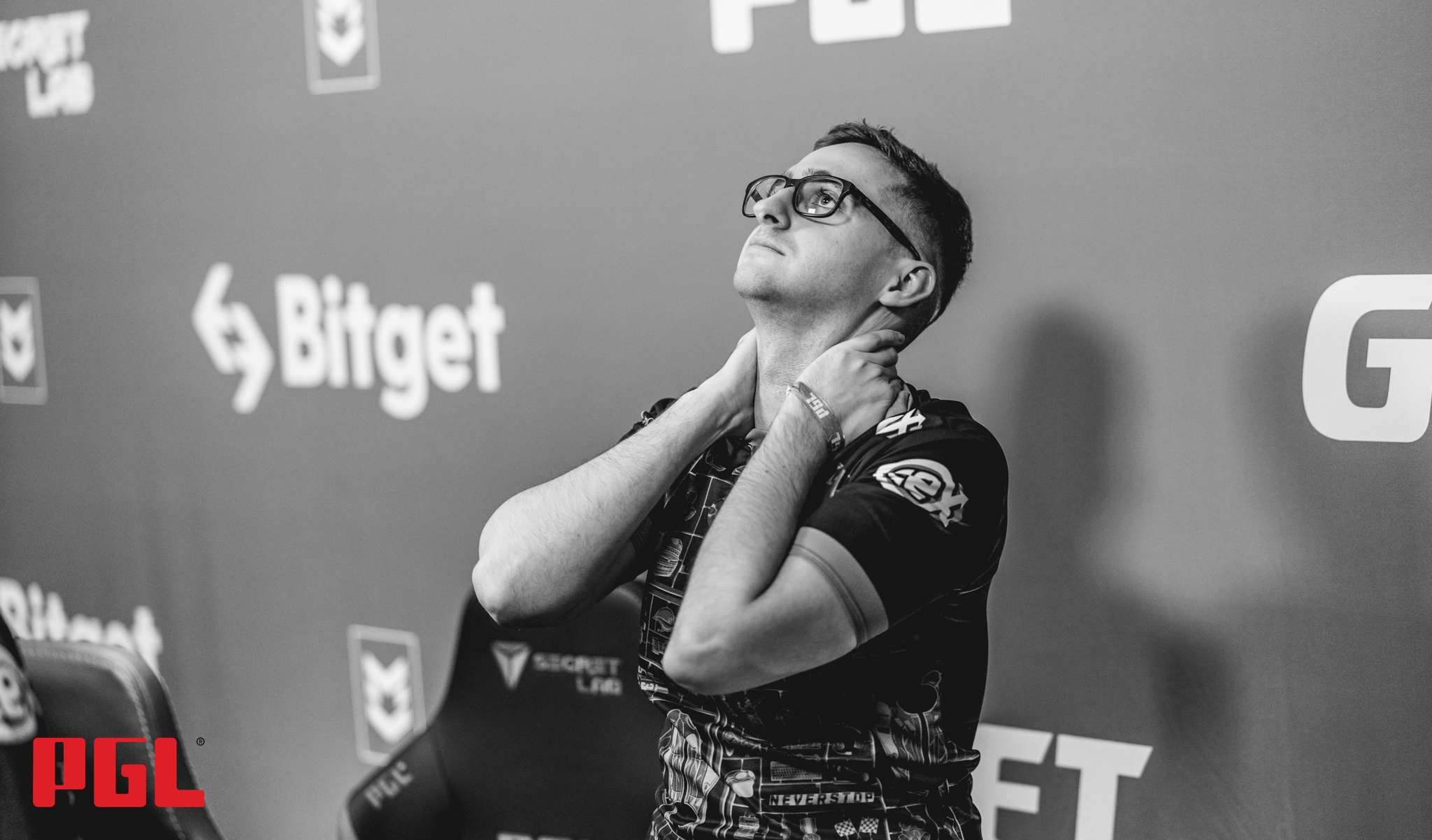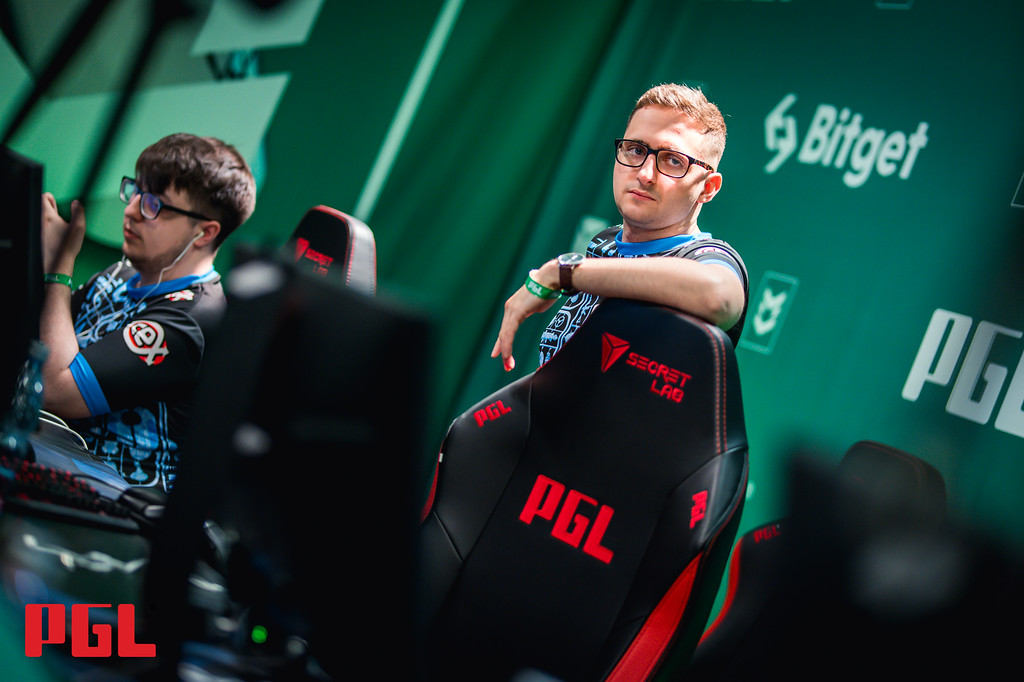We’ve all been there when nothing seems to go your way in-game, no matter what you do. Maybe you’ve been team-killed during a match, your ping spikes as you peek an angle, or your teammate makes an ‘all clear’ call just for you to instantly get eliminated as you move onto site.
Whether you’re a pro or game for fun these things happen to all of us and can set you on the slippery slope of anger, annoyance, and frustration for the rest of the session, usually alongside a run of losses. It’s this spiral of anger and reduced emotional control that is known as tilt in the gaming community. When you’re tilted the decisions you make suffer, your adrenaline can surge, and you might lose focus, all leading to reduced performance.
So what is tilt?
Originally a Poker term, tilt refers to “a state of mental or emotional confusion or frustration in which a player adopts a less than optimal strategy… resulting in over-aggressive [behaviour]”(1). Adopted by the gaming community the term has essentially the same meaning, but usually signals the beginning of a downward spiral as frustration rises and wins fall.

How does it affect your gameplay?
The concept of tilt is better known in psychology as the ‘curvilinear relationship between arousal and performance’, which effectively means that as arousal (stress) increases so does performance, to a point. After this peak however, performance begins to trail off as arousal continues to climb. Known as the Yerkes-Dodson Law (2), this performance/arousal curve can be catastrophic for gaming where fortune can sometimes favour pure luck (or just high-ping).
Of course, some stress can be useful causing a slightly increased heart rate, breathing, and raised adrenaline levels which can all aid in a performance environment where fast reactions and quick thinking are essential. However, after a point this increased arousal state can become detrimental, with shaking, anger, and frustration resulting from too much in-game stress taking its toll.
When you’re tilted your gameplay can suffer. Instead of focusing on team strategy, your aim, or thinking ahead, thoughts might shift internally towards negativity and trying to make up for mistakes or getting payback. You might begin to rush in without thinking, start blaming your teammates for not covering you, make unnecessary call-outs in anger or even blame the game itself. All this does is serve to increase your arousal state, making you even more frustrated and pushing you further down the performance slope.
If you can recognise when you have reached the performance/arousal apex and nip tilt in the bud, then hopefully you can maintain your ideal level of performance whilst managing your frustration. Channelling this frustration into improved gameplay is simple, so long as you can manage it and stay level whilst others slide down the slippery slope of tilt. In summary, stress and adrenaline are good for performance, up to a point. It’s balancing on this point that is an essential mental skill which many pros work on.

Recognising tilt:
Learning to recognise the signs that you may be heading towards tilt can be one of the most important steps in combating it. If you can recognise the symptoms early, you can shut it down before it becomes a problem.
What to look for: • Elevated heart rate • Short sharp breaths • Overly tense muscles (hunched shoulders, mouse death-grip) • Flaming teammates in chat • Wanting payback • Forgetting the opposition are still human behind the screen • Unnecessary call-outs.
How you can manage tilt:
We know what tilt is, how to recognise it, and how it affects our play, but how do we manage it? Longstanding techniques from sport and performance psychology can be useful here, with athletes from traditional sports using them to help stay on track and remain at the peak of the arousal/performance curve.
Positive and functional self-talk
Remind yourself of what you’re good at if it looks like a game isn’t going your way, refrain from beating yourself up over a mistake as this isn’t productive. Use words and phrases either in the first or third person that boost your confidence such as ‘you’ve trained for this’ or ‘I’ve been through worse and come out on top, I can do it again’. Alongside this, use phrases relating to specific functions or aspects of your game like ‘check the corners’ or ‘remember to breathe’, these serve to bring your focus back to the present rather than dwelling on mistakes or letting anger get the better of you whilst making sure the core of your game remains covered.
You’d be surprised how often people forget to breathe properly during a tough match and make simple mistakes as a result. The core aim of these words isn’t to magically make you play better, but it is to minimise any unproductive/unnecessary emotion in the moment where you might need to stay calm or continue to make calls for your team.
Cognitive restructuring
Change the way you think about being unlucky or making a mistake. Instead of flaming yourself or your team for what’s happened, accept it as something that is done and cannot be changed. What you can change however is your reaction to a mistake or loss and repeat to yourself how it won’t happen again because now you know that strategy/move/play did not work. Gradually begin to manipulate your mindset to see mistakes as learning points which you can take control of, rather than just bad luck or a problem with the game. Remember, it’s only a mistake if you don’t learn from it.

Breathing focus
Another classic technique is to focus on your breathing during a stressful match. As things are heating up, use self-talk to remind yourself to keep your breathing calm and focused, and if you make a mistake rather than verbally lashing out, getting angry and inadvertently holding your breath, inhale deeply. Feel the air enter your lungs as they expand, then focus on the feeling of it escaping as you breathe out. Try and notice how the warm air feels as it hits your top lip when you exhale and continue to take notice until you’ve returned to a managed emotional state and get back in the game with a clear head. This sort of technique is especially useful between matches or during the prep face, to try and help reset before the next round begins.
Take a break
If all else fails, then just take a break. Walk away from the game for a moment, play another less intense game you enjoy or do another activity. Once you are back in control and calm, come back to the game and play some casual matches or grab some mates for strat roulette and have fun again. Too often people forget that at our core, all gamers play to have fun, and reminding yourself of that can help put you back on track to a more positive mindset.
Reach your peak
So then, if you can use a few of the above techniques every time you feel frustration and anger taking over during a match then you’re well on your way to reaching the performance/stress apex and staying there. You won’t conquer tilt overnight, but with dedicated practice and conscious effort you’ll notice a change in your reaction to adversity from anger to acceptance. Additionally, working with a dedicated coach and sport psychologist can help speed the process up whilst working on wider parts of your game and mentality that could help you improve even further.
Author Bio
Callum is a Chartered Sport and Exercise Psychologist who has been working and researching within esports for four years. He currently works with Team Endpoint supporting their CS:GO, Rocket League, and stream team. Additionally, he is the Head of Performance at the International Federation of Esports Coaches, and lectures at the University of Northampton on their esports programme. He has recently released a paper exploring training practices in LoL, which can be found here:
https://journals.humankinetics.com/view/journals/jege/1/1/article-jege.2022-0011.xml

Callum Abbott, MSc, CPsychol
Chartered Sport and Exercise Psychologist
Head of Performance at IFoEC
Contact:
[email protected]
Twitter – @abbottsportpsy
www.abbottsportpsy.com
References:
1) https://en.wikipedia.org/wiki/Tilt_(poker)
2) Cohen, R. A. (2011). Yerkes–Dodson Law. In Encyclopedia of clinical neuropsychology (pp. 2737-2738). Springer New York.

